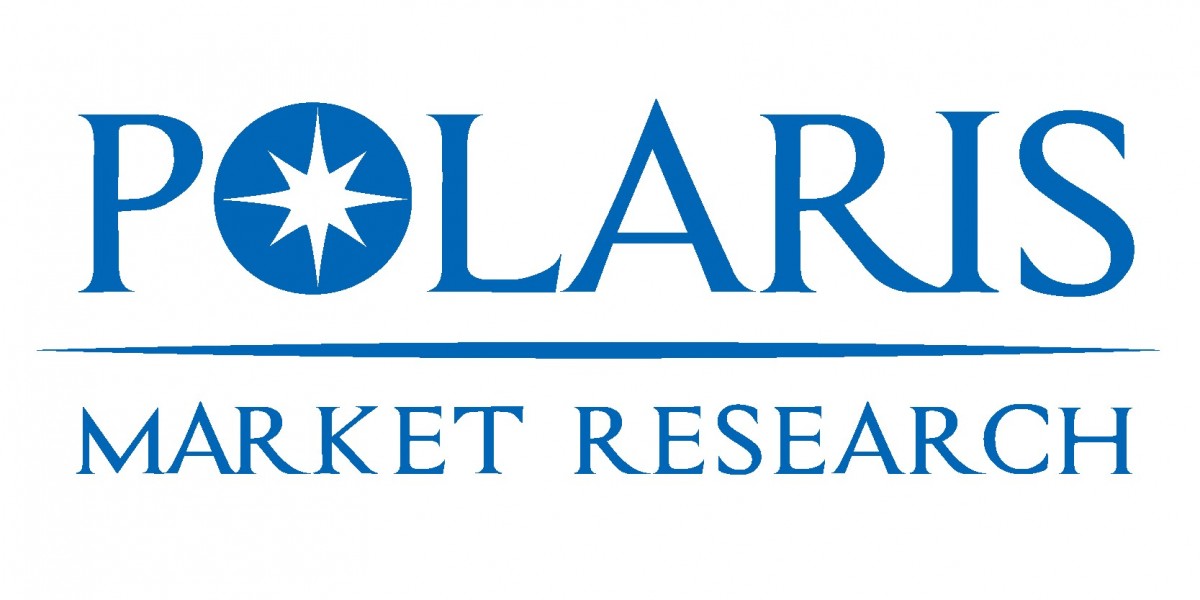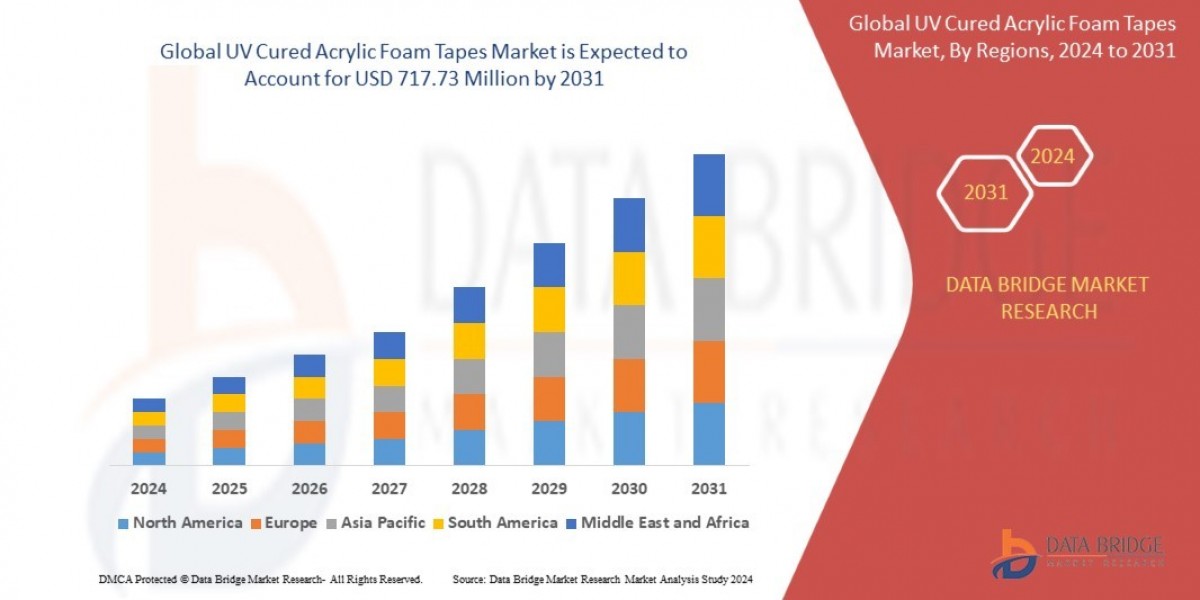The global animal feed micronutrient market, valued at USD 1.58 billion in 2021, is poised for consistent growth with a Compound Annual Growth Rate (CAGR) of 6.4% through the forecast period (2025–2030). By 2030, the market is projected to reach USD 2.71 billion, driven by increasing livestock production, rising awareness regarding animal health, and the demand for higher-quality animal-derived products such as meat, milk, and eggs.
Market Overview
Animal feed micronutrients—such as zinc, copper, iron, selenium, and manganese—are essential trace elements that support optimal growth, reproductive performance, and immune function in livestock. With expanding meat consumption globally and the intensifying pressure to improve feed conversion ratios, these micronutrients are becoming central to feed formulations.
Industries across regions are integrating micronutrient-enriched animal feed to mitigate diseases, reduce mortality, and enhance productivity. The rising industrialization of animal farming, along with tighter regulations around feed safety, is further driving innovation in feed micronutrient delivery systems.
Key Market Growth Drivers
1. Rising Demand for Quality Animal Protein
The global population continues to demand protein-rich diets, which is fueling the growth of the animal farming sector. Enhanced feed formulations that include micronutrients help producers achieve higher yield and better-quality products—an essential requirement for meeting this demand sustainably.
2. Intensification of Livestock Farming
The shift from traditional to intensive farming practices has made it critical to optimize animal health and performance. Feed fortified with essential micronutrients allows for improved growth rates and immunity, leading to lower veterinary costs and better economic returns for farmers.
3. Growing Awareness and Regulatory Focus on Animal Nutrition
Consumers and regulatory bodies alike are becoming more vigilant about animal welfare and product quality. Feed manufacturers are responding by incorporating scientifically balanced micronutrient compositions to comply with food safety regulations and ensure animal well-being.
4. Technological Advancements in Feed Formulation
Advances in chelation technology, nano-formulations, and controlled-release delivery systems are revolutionizing the feed micronutrient space. These technologies allow for better bioavailability and efficacy of trace elements, minimizing wastage and maximizing animal health benefits.
Explore The Complete Comprehensive Report Here:
https://www.polarismarketresearch.com/industry-analysis/animal-feed-micronutrients-market
Market Challenges
Despite the promising outlook, the market is not without hurdles:
High Costs of Chelated Micronutrients: Organic or chelated forms of minerals—though more bioavailable—are significantly more expensive than inorganic forms, which can deter price-sensitive buyers in developing economies.
Overdosing and Toxicity Risks: Incorrect inclusion levels of trace minerals can lead to toxicity, raising concerns over environmental impact and animal welfare. Precise formulation and delivery remain critical challenges.
Regulatory Complexity Across Regions: Varying global standards regarding feed composition and allowable additive levels complicate cross-border trade and standardization for multinational feed companies.
Market Segmentation
By Type
Trace Minerals: Zinc, Copper, Iron, Manganese, Selenium, Iodine
Vitamins: Vitamin A, D3, E, B-complex
Others: Enzymes, Amino Acids
Among these, zinc and selenium hold a dominant share due to their widespread applications in enhancing immunity and reproduction.
By Livestock
Poultry
Ruminants (Cattle, Sheep, Goats)
Swine
Aquaculture
Others (Equine, Pets)
Poultry leads the segment due to its short production cycle and increasing consumption worldwide. Swine and ruminants follow closely, driven by rising demand for pork and beef.
By Form
Powder
Liquid
Pellets
Others
Powdered micronutrients are currently the most common due to their ease of mixing and cost efficiency, although liquid forms are gaining popularity in intensive livestock operations for uniform dosing.
Regional Analysis
1. Asia Pacific – Leading the Global Market
Asia Pacific dominates the global animal feed micronutrient market, fueled by large livestock populations, rapid urbanization, and rising disposable incomes. China and India are the biggest contributors due to their massive poultry and dairy sectors. Increasing governmental support for feed quality improvement further boosts the market.
2. North America – Focus on Innovation and Regulation
The North American market is characterized by stringent animal nutrition regulations and a high focus on technological advancements. The U.S. leads the region due to its intensive livestock farming systems and well-established feed manufacturing infrastructure.
3. Europe – Sustainable and Welfare-Centric
Europe is progressing steadily, emphasizing sustainable livestock farming and reducing antibiotic use. Micronutrients are increasingly used to support animal immunity, reducing dependency on chemical additives. Countries like Germany, France, and the Netherlands are major adopters.
4. Latin America and MEA – Emerging Growth Regions
Brazil, Argentina, and South Africa are witnessing growing awareness and investment in commercial animal feed. Increasing meat exports and expansion of the dairy sector are expected to provide momentum in these emerging markets.
Key Companies in the Animal Feed Micronutrient Market
Several major players are shaping the market through R&D investments, product innovation, and global expansion:
Phibro Animal Health Corp.
Cargill Inc.
Alltech Inc.
Aries Agro Limited
Kemin Industries
Novus International Inc.
Zinpro Corp.
Nutreco N.V.
Royal DSM
Archer Daniels Midland (ADM)
Dayal Group
Wen’s Foodstuff Group Co., Ltd.
Muyuan Foods Co Ltd
Nisshin Seifun Group
Virbac SA
These companies are focusing on sustainable formulations, expanding their geographical reach, and leveraging digital tools for precision livestock nutrition. For instance, Royal DSM and Zinpro are investing in chelated mineral R&D, while Cargill is adopting AI tools to analyze nutrient absorption patterns in real-time.
Conclusion
The global animal feed micronutrient market is entering a high-growth phase, catalyzed by the need for quality animal products, improved animal health, and sustainable farming practices. While challenges related to cost, formulation precision, and regulatory frameworks persist, ongoing innovations and rising consumer demand are expected to fuel continued market expansion.
With a revenue forecast of USD 2.71 billion by 2030, stakeholders—including feed manufacturers, raw material suppliers, and animal producers—stand to benefit by staying ahead of formulation trends and regulatory changes. The shift toward science-backed, welfare-focused animal nutrition is no longer optional—it is a global imperative.
More Trending Latest Reports By Polaris Market Research:
Earphones and Headphones Market
Hospital Electronic Health Records Market
Aqueous Based Metal Cleaners Market
Financial Wellness Software Market
Antimicrobial Packaging Market
Robotic Process Automation In Bfsi Market
Robotic Process Automation In Bfsi Market
Aqueous Based Metal Cleaners Market
Contrast Media Injectors Market
Hospital Electronic Health Records Market
Healthcare Navigation Platform Market








